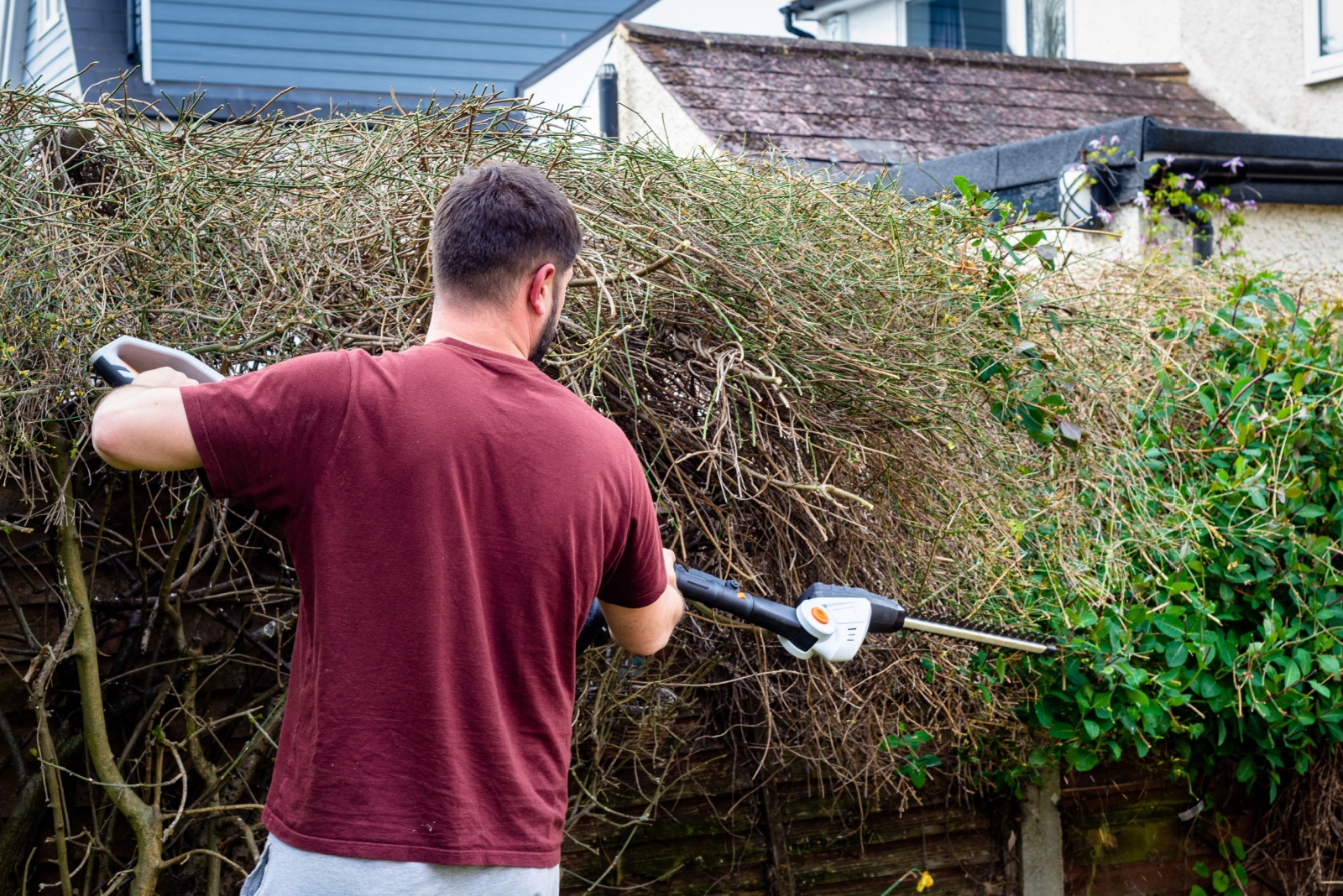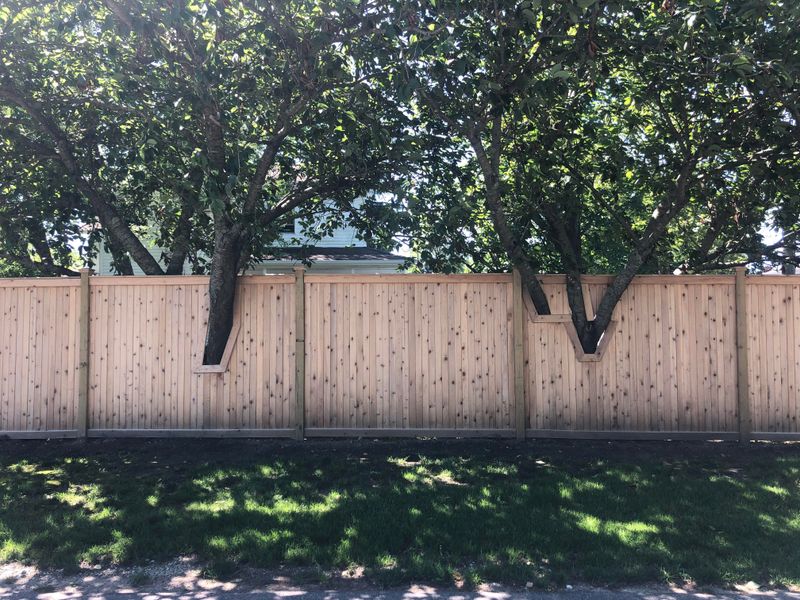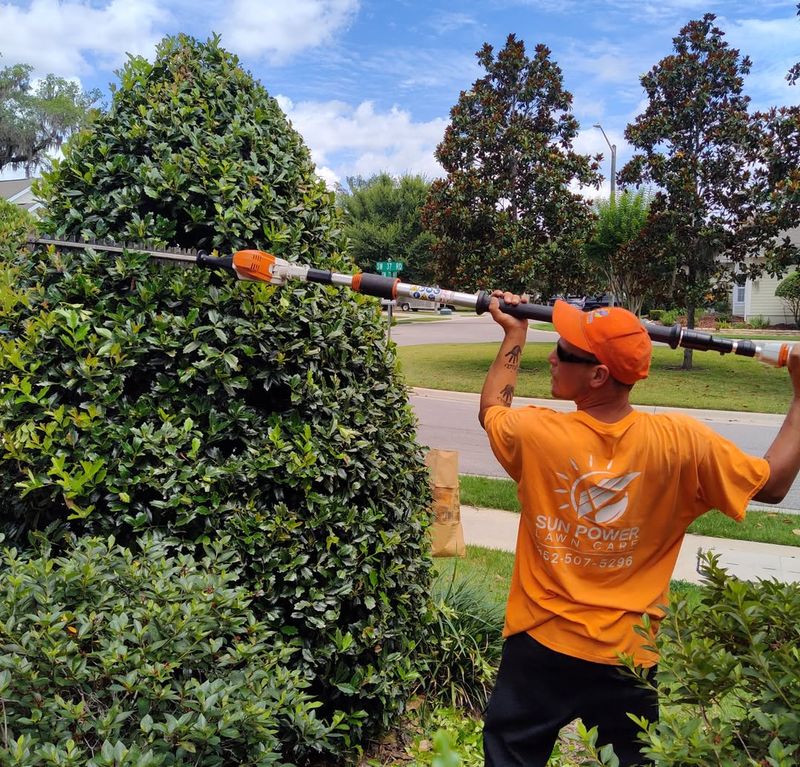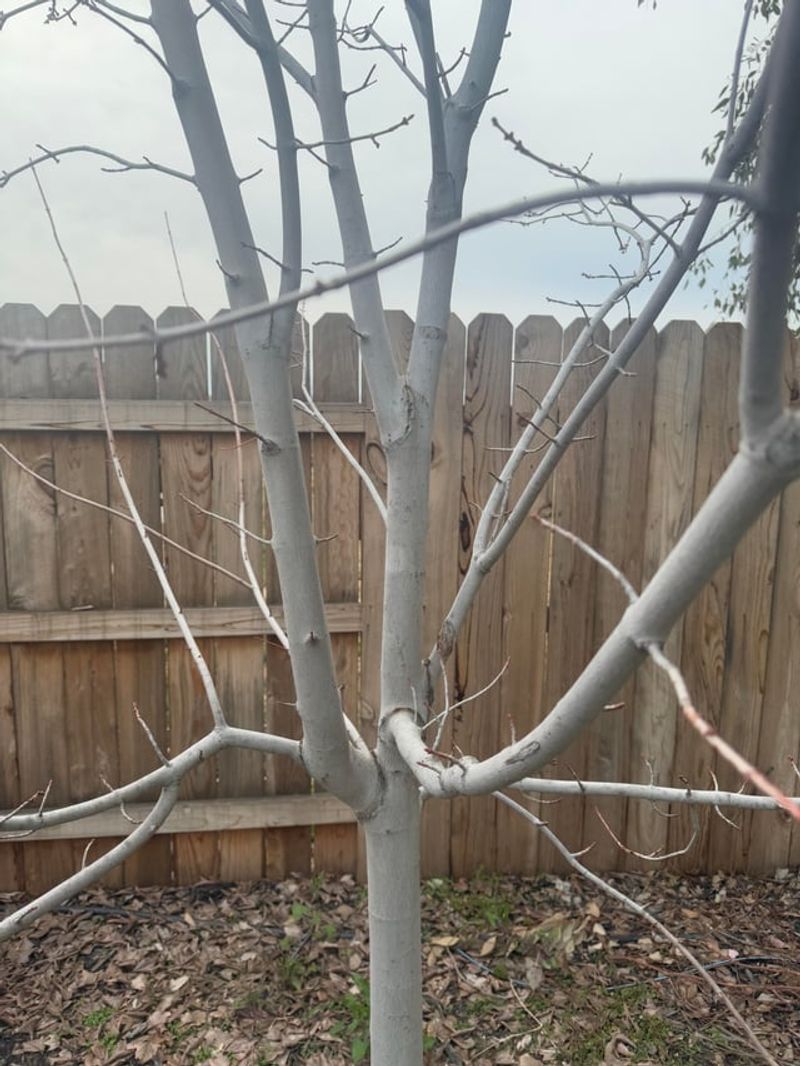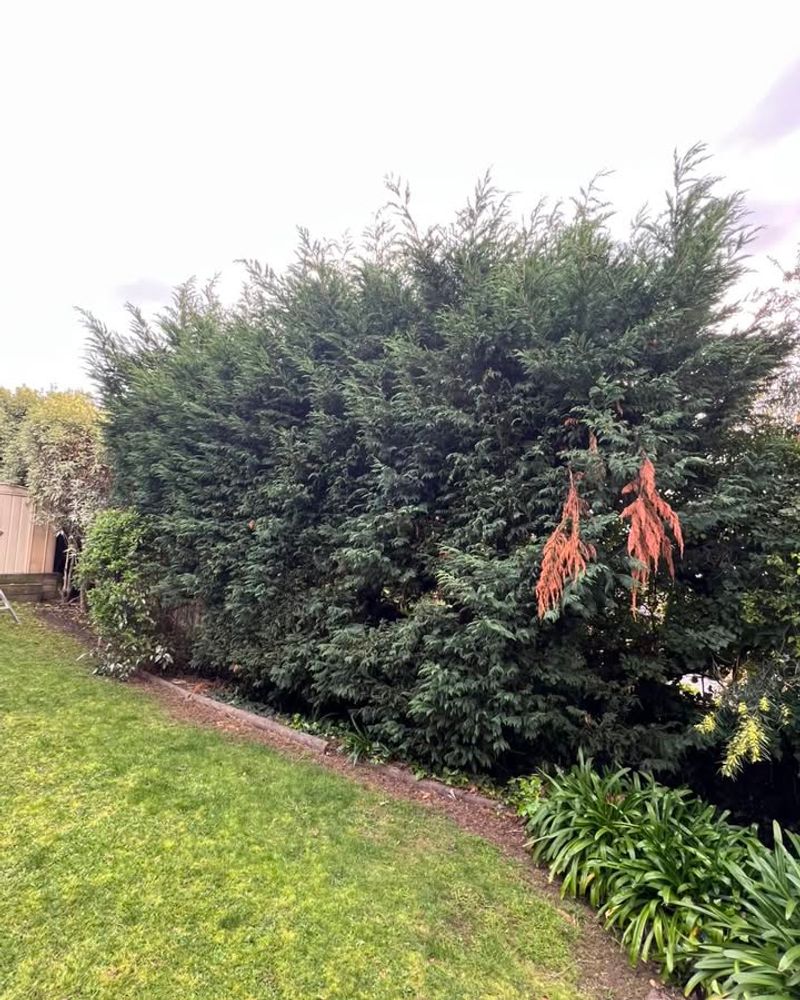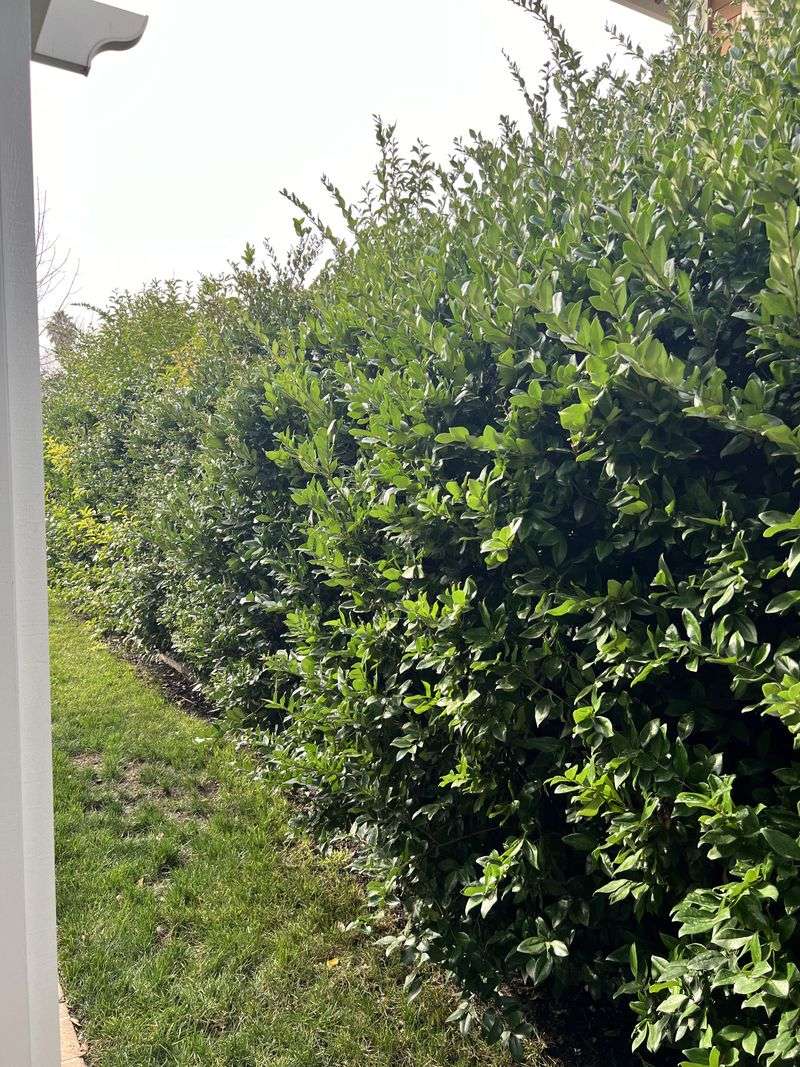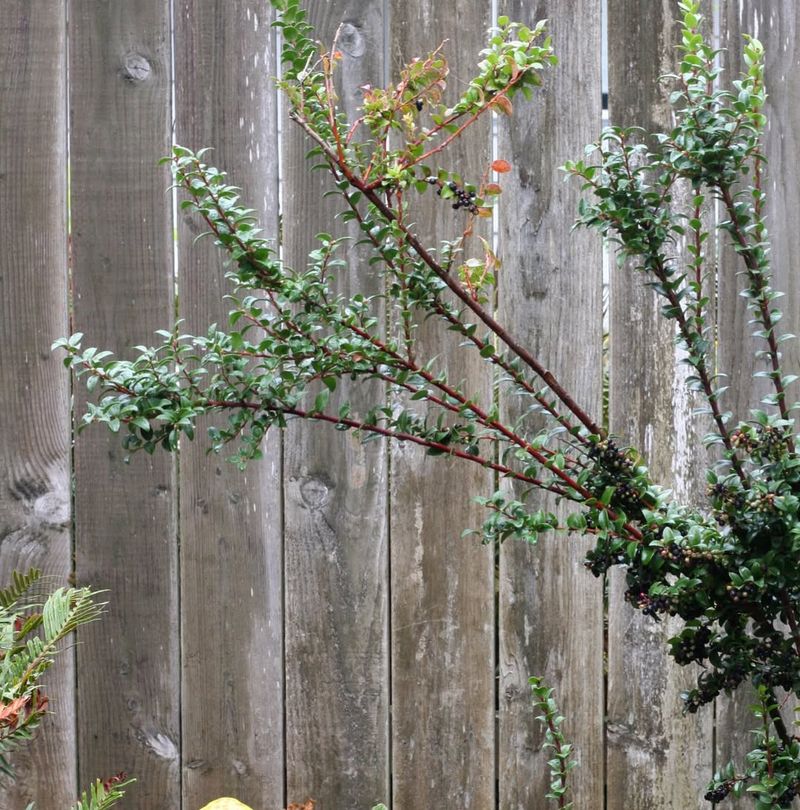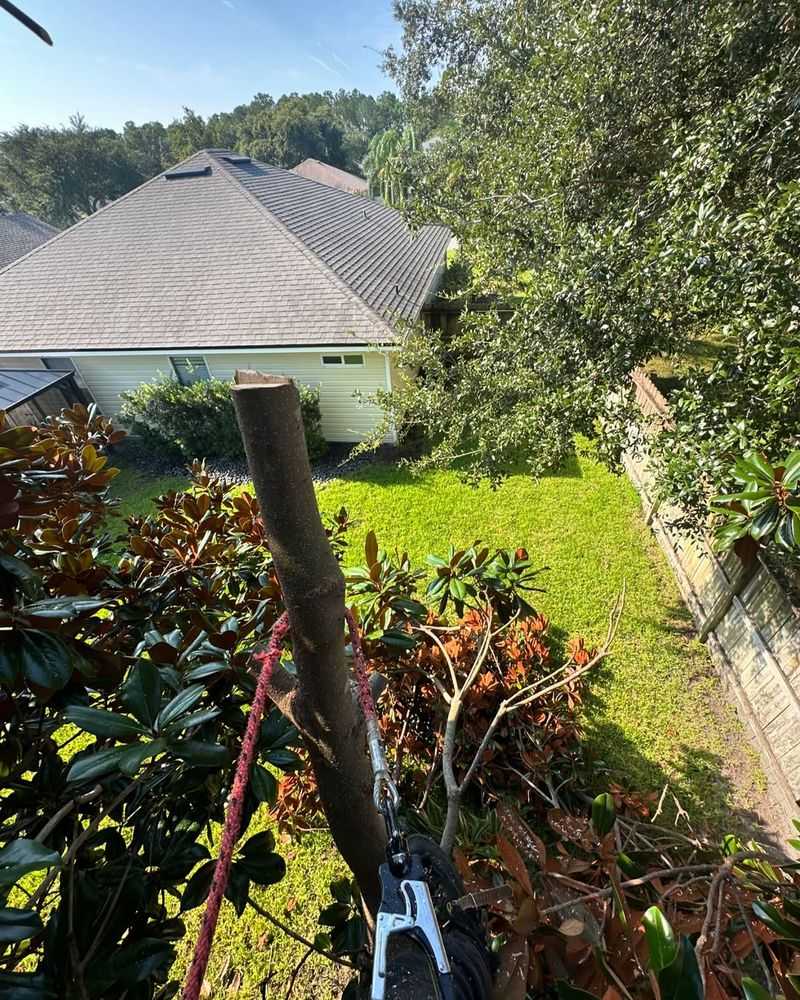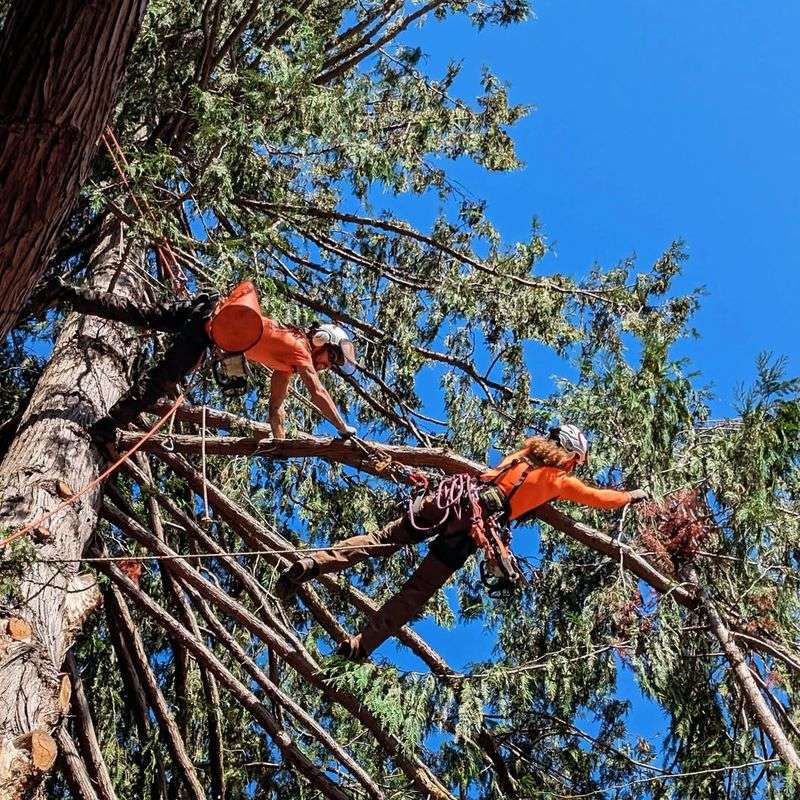A stray shrub branch crossing a property line can spark more tension than most neighbors expect.
One quick snip may look harmless, yet the rules behind that cut carry real weight.
A small misunderstanding can snowball into conflict, or worse, legal trouble.
Boundaries—both literal and practical—help keep peace on the block and prevents a simple trim from turning into a full-blown dispute.
Property Lines Define Your Rights
Your property line acts as an invisible wall that determines what you can and cannot do with overhanging branches.
In Ohio, you have the legal right to trim any branches that cross onto your side of the property boundary.
However, you must stay on your own property while doing the work.
You cannot step onto your neighbor’s land or lean over the fence to make cuts on their side, even if it seems easier.
Knowing exactly where your property line sits is crucial before you start trimming anything.
You Can Trim Without Permission
Ohio law allows homeowners to cut back branches that intrude onto their property without asking the neighbor first.
This right comes from common law principles that protect your enjoyment of your own land.
You do not need written consent or even a conversation beforehand, though talking to your neighbor is often a good idea to keep things friendly.
Just remember that your trimming must be reasonable and not harm the overall health of the plant.
Cutting responsibly protects you from potential liability.
Avoid Damaging The Plant
While you can legally trim branches, you must be careful not to seriously damage the shrub.
Cutting too much or making improper cuts could harm the plant’s health, and you might be held responsible for the damage.
Use clean, sharp tools and make cuts at appropriate angles to promote healing.
Never strip all the foliage from one side or remove so much that the plant cannot recover.
Responsible trimming keeps everyone happy and avoids expensive lawsuits.
Keep The Cuttings On Your Side
After you trim the branches, you might be tempted to toss them back over the fence.
Resist that urge!
In Ohio, you are typically responsible for disposing of the branches you cut, even though they came from your neighbor’s plant.
Throwing them onto your neighbor’s property could be considered littering or trespassing.
Bag them up and dispose of them properly through your yard waste collection or composting.
Taking care of cleanup shows respect and prevents additional conflicts.
Timing Matters For Plant Health
Choosing the right season in Ohio to trim can make a big difference in how well the shrub recovers.
Most shrubs do best when pruned during their dormant period, usually late winter or early spring before new growth starts.
Trimming at the wrong time, like during peak growing season or just before winter, can stress the plant and make it vulnerable to disease or cold damage.
Research the specific type of shrub before cutting, or wait until late winter to be safe.
Smart timing protects both you and the plant.
Talk To Your Neighbor First
Even though the law is on your side, having a friendly conversation with your neighbor before you start cutting can prevent hard feelings.
Explain the situation politely and let them know your plans.
Your neighbor might even offer to trim the branches themselves, saving you the work.
Good communication builds positive relationships and can turn a potential conflict into a simple solution.
A little courtesy goes a long way in maintaining neighborhood harmony and avoiding unnecessary tension down the road.
Document Everything Before Cutting
Before you make any cuts, take clear photographs of the overhanging branches from multiple angles.
Document where they cross your property line and how much they intrude onto your space.
If a dispute arises later, these photos serve as valuable evidence showing the situation before you acted.
Include pictures with measurements or landmarks that clearly show the property boundary.
Written notes with dates and descriptions add extra protection if things get complicated and legal issues emerge.
When To Call A Professional
Some situations require more than a homeowner with pruning shears.
If the branches are very large, near power lines, or require climbing, call a licensed tree service professional in Ohio instead of doing it yourself.
Professionals have the right equipment, insurance, and expertise to handle difficult jobs safely.
They also understand local regulations and can help you avoid accidentally damaging the plant or your property.
Spending money on an expert can save you from injury, liability, and expensive mistakes that DIY efforts might create.

